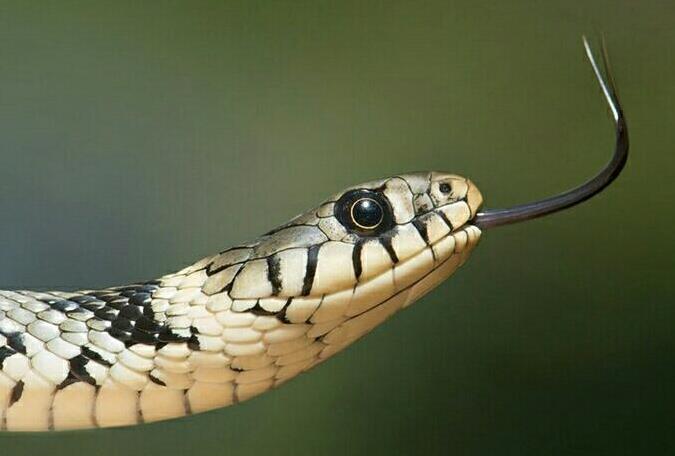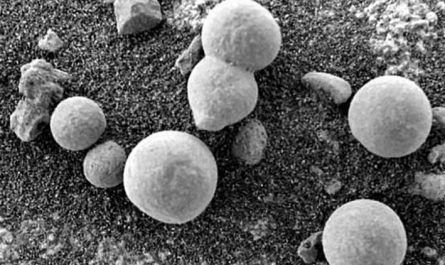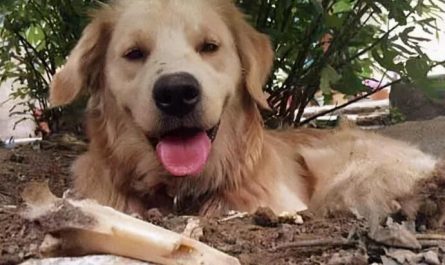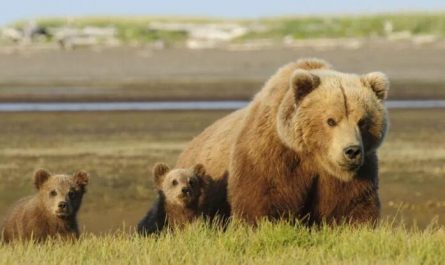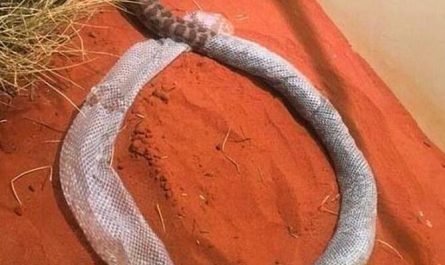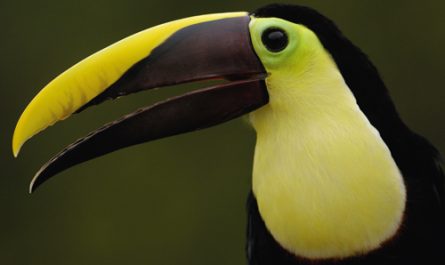The reason why cold-blooded animals are afraid of high temperatures
Cold-blooded animals cannot maintain their body temperature and their bodies cannot function normally at low temperatures, so they choose hibernation. Under high temperature conditions, because there are no sweat glands, it cannot dissipate heat, and it will be alive and hot. Warm-temperature animals can rely on their own heat production to maintain body temperature under low temperature conditions, and do not need to waste the entire winter to sleep. At high temperatures, sweat glands can be used to wick away perspiration and dissipate heat without being overheated. In addition, due to the inability to maintain a constant body temperature, cold-blooded animals cannot maintain a developed brain, so their IQ is low.
Animals whose body temperature changes with the outside temperature are called hyperthermia animals. Except for birds and mammals, other animals are temperature-changing animals. Their body temperature changes with the environment. This does not mean that they can never control their body temperature. They can change their body temperature by looking for a cool or warm environment, but cannot directly control their body temperature, that is, they lack the physiological function of maintaining a certain body temperature.
Because temperature-changing animals do not need to use their own energy to warm up or cool down, compared with warm-temperature animals, temperature-changing animals of the same weight only need 1/10-1/3 of the energy to live, so they only need relatively little food. Because they are easier to accumulate enough energy, the breeding period of temperature-changing animals is also shorter.
Life characteristics of cold-blooded animals
A variable temperature animal is an animal that does not have an internal thermoregulation system. The body temperature cannot be kept constant by irradiating the sun.
To maintain body temperature, or to regulate body temperature with action. Therefore, temperature-changing animals generally do not move at night. Larger cold-blooded animals such as snakes and crocodiles need to bask in the sun in the morning to increase their body temperature so that they can move. Therefore, they are mostly active during the day and rest at night.
According to reports, if a person does not eat food, he can live less than two months, while a crocodile can live a year or more without eating. Why? What makes such a big difference?
As the temperature-changing animals produce less internal heat in the body, their body temperature changes with the change of natural temperature. For example, when snakes are basking in the sun by the river, their body temperature will be much higher than when they swim in the water.
Generally speaking, warm-blooded animals can control the internal heat generated by the body, so that they can control and adjust their body temperature. When the environment changes, the warm-blooded animal can always maintain the same body temperature. Humans are also a kind of warm-blooded animals. The constant temperature of humans is 37 degrees Celsius as normal. In order to maintain the constancy of body temperature, warm-blooded animals have evolved a variety of functional tissues, such as feathers, furs, and sweat glands, that are compatible with their living environment in natural selection and selection. Both hair and feathers can play a role in keeping warm in the cold winter; in addition, in the hot summer, animals
The sweat glands can secrete sweat, which can dissipate the heat in the animal’s body in time to keep the animal’s body temperature normal. Since warm-blooded animals can always maintain the constancy of body temperature, they have a wider range of activities, will not be affected by nature’s conventional environment and climate change, and can survive in different environments more freely.
Biologists have been studying why our mammals are warm-blooded animals for a long time. The standard explanation is that warm-blooded animals have to evolve into a certain degree of carnivores in order to adapt to an active, predatory lifestyle. However, in 2008, some experts put forward a new statement: warm-blooded animals not only include carnivores, but also some herbivores. Thermostaticity is a way to balance nutritional needs. It is too early to draw a conclusion, but this statement provides a good explanation for the wasteful lifestyle of our warm-blooded animals.
Heated animals are really a waste of heat, unlike some animals that only generate heat when they need it. For example, leatherback turtles store the heat they usually generate, and use body heat to keep their body temperature at 10°C or higher than the temperature of sea water when swimming. Swordfish will selectively supply heat to their eyes and brain when hunting, while some sharks and tuna swim long distances to make their body temperature higher than water temperature. Even some insects only generate heat when they need it.
